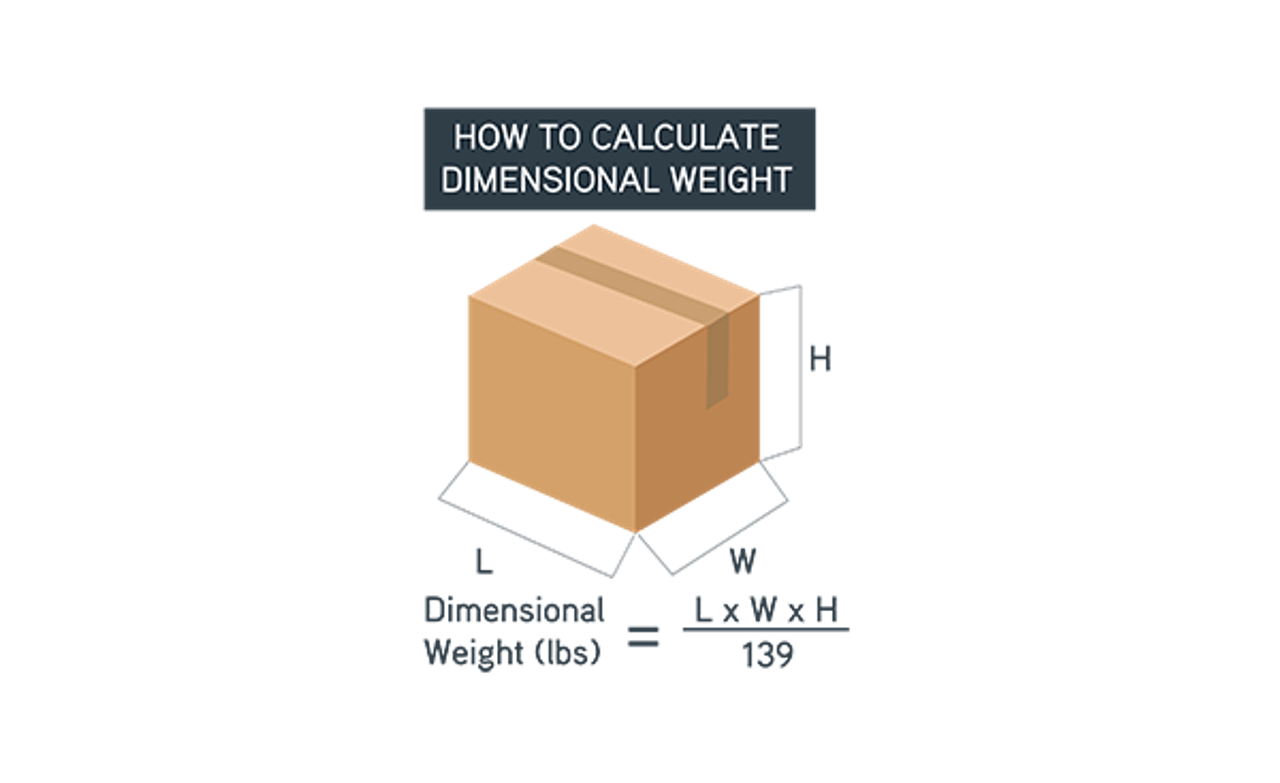
Welcome back to my blog series on optimizing shipping costs! In this post, we’ll discuss how to achieve the best possible delivery experience for your customers while not paying more than you need to. We’ll dive into why service options like “UPS 2nd Day air” or “FedEx 2Day” may not always be necessary to deliver orders in a 2-day delivery window.
To begin, let’s understand how the parcel delivery game has changed over the last decade. The global adoption of eCommerce has resulted insignificantly higher parcel volumes. And, the largest customer of these carriers(Amazon) standardized two-day delivery + launched their own parcel carrier creating new competition and customer expectations. This resulted in a highly competitive race to faster delivery times, where the delta between service options like UPS Ground and UPS 2nd Day Air closed, resulting in the same delivery window for many domestic addresses.
As an eCommerce operator, you can offer higher service standards to your customers without spending extra on things like 2nd Day Air.If you use a platform like ShipStation, Shippo, Extensiv, or Ship Hero, you can check the estimated delivery time for carrier services based on their”zone.” A zone is how carriers base distance travelled for shipments to offer you a rate.
This gives you leverage to offer delivery windows like ‘2day’ to some domestic regions without having to use a 2-day service option. The platforms mentioned above will provide a delivery estimate from the carrier next to the requested rate, which you can use to create a set of rules that will select a more cost-effective service option that will still get to the customer on time.For example, in ShipStation, you can apply these rules by creating ‘Automation rules’ that say something like, ‘If state x and requested2-day delivery, use UPS Ground.’
However, keep in mind that delivery estimates offered from carriers are not the same as delivery guarantees. While a service like FedEx2Day guarantees that the delivery will occur on the second day, services likeFedEx Ground don’t have the same guarantee. So, if your customers are paying extra to get 2-day shipping from you, make sure to balance this with care.
Creating automated rules that can handle this selection accurately is difficult. You can do it manually, but that takes significantly more time and still may not be fully accurate. This is where our platform String comes to the rescue. String automatically finds the lowest cost carrier and service option that will get a shipment to a customer in time. Our platform does this using real-time data, meaning you’ll get the most accurate estimation possible, and you don’t have to spend time doing it manually.
To find out how much money you can save by intelligently selecting service options with String, sign up for a free shipping cost analysis on our website at www.meetstring.com If you have any questions about delivery estimates and service options email me(Tyler) at tyler@meetstring.com.
If you made it this far, thank you for reading and I’ll be posting again next week!